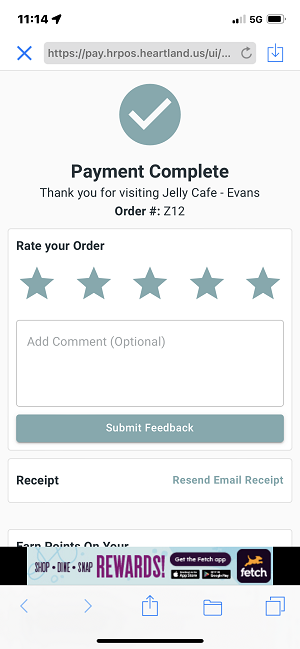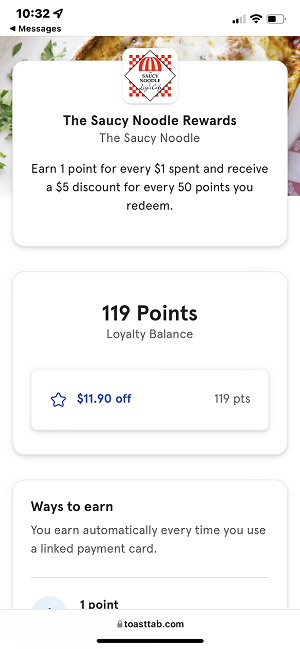For the past decade, on January 1 (weather permitting) or soon thereafter, my daughter and I go out for breakfast at one of her favorite boutique brunch restaurants bordering the University of Denver: Jelly’s. While known for its multiple favored donut holes, the food is really good.
In having breakfast with my daughter, it reminded me how the Pandemic has really changed restaurant operating procedures. Facial masks were required to enter and be worn while being seated. Paper menus were not available. One had to scan a bar code to view the menu.
What surprised me, though, was the receipt we got. Below is the innocent-looking piece of paper that provides golf course operators five clues on how to enhance their operation:
What do you see?
First, notice the 20% SERVICE CHARGE that was automatically added to the bill. With the numerous safety standards that have been implemented due to the Pandemic, passing the additional operational costs to the patron seems appropriate. Some restaurants are also using the service charge to underwrite health insurance for their employees. Finding hourly labor today is a challenge; increasing the fringe benefits available is wise.
Second, the bill lists SUGGESTED TIP AMOUNTS at 18%, 20%, and 25%. If 15% were listed, most I sense would deem that amount to be acceptable at opting for that. By listing a suggested minimum of 18%, the restaurant operator is likely subconsciously influencing the patron to pay a minimum of 18%, thereby effectively their staff’s wages.
Third, the SCAN TO Pay is brilliant and the first time I have observed that savvy feature. It eliminates the need for the server to take the tab, process it at the register and return it to the table. Labor is saved. I merely scanned the bar code and was able pay the bill and add the appropriate gratuity.
Fourth, I immediately received confirmation that the payment was complete and asked if I would rate the order.
 The restaurant was automatically conducting a survey, convenient to its patrons, receiving immediate valuable feedback.
The restaurant was automatically conducting a survey, convenient to its patrons, receiving immediate valuable feedback.
Fifth, the customer can get a copy of the receipt by merely entering their email address. Not only are duplicate copies not required but the restaurant is building its customer database for email marketing eliminating staff involvement.

Simply brilliant.
Finally, the patron is encouraged to enroll in their rewards loyalty program. Jelly’s mobile application offered that. Two nights later my daughter and I visited another one of our “traditional” restaurants that we visited often while Michaela was growing up: Saucy Noodle. That restaurant that offers fabulous Italian food, particularly their pizza, had a comparable mobile application for its patrons to pay. In this, I signed up for the rewards before leaving the restaurant as shown here:

One of the reasons golf courses thrived during the Pandemic is that the food and beverage operation was converted to “window service” eliminating the need to hire and train seasonal staff.
As “normal” operations resume in 2022, incorporating the operational concepts now employed in restaurants would serve golf courses well, I think.
More importantly, what do you think?


Lyne Tumlinson
JJ, this was a brilliant article. Did you send it to the restaurants you highlighted here? How might service providers (like you and me) incorporate the “5-star” feedback from our clients? Thanks for the Denver restaurant recommendations as well!